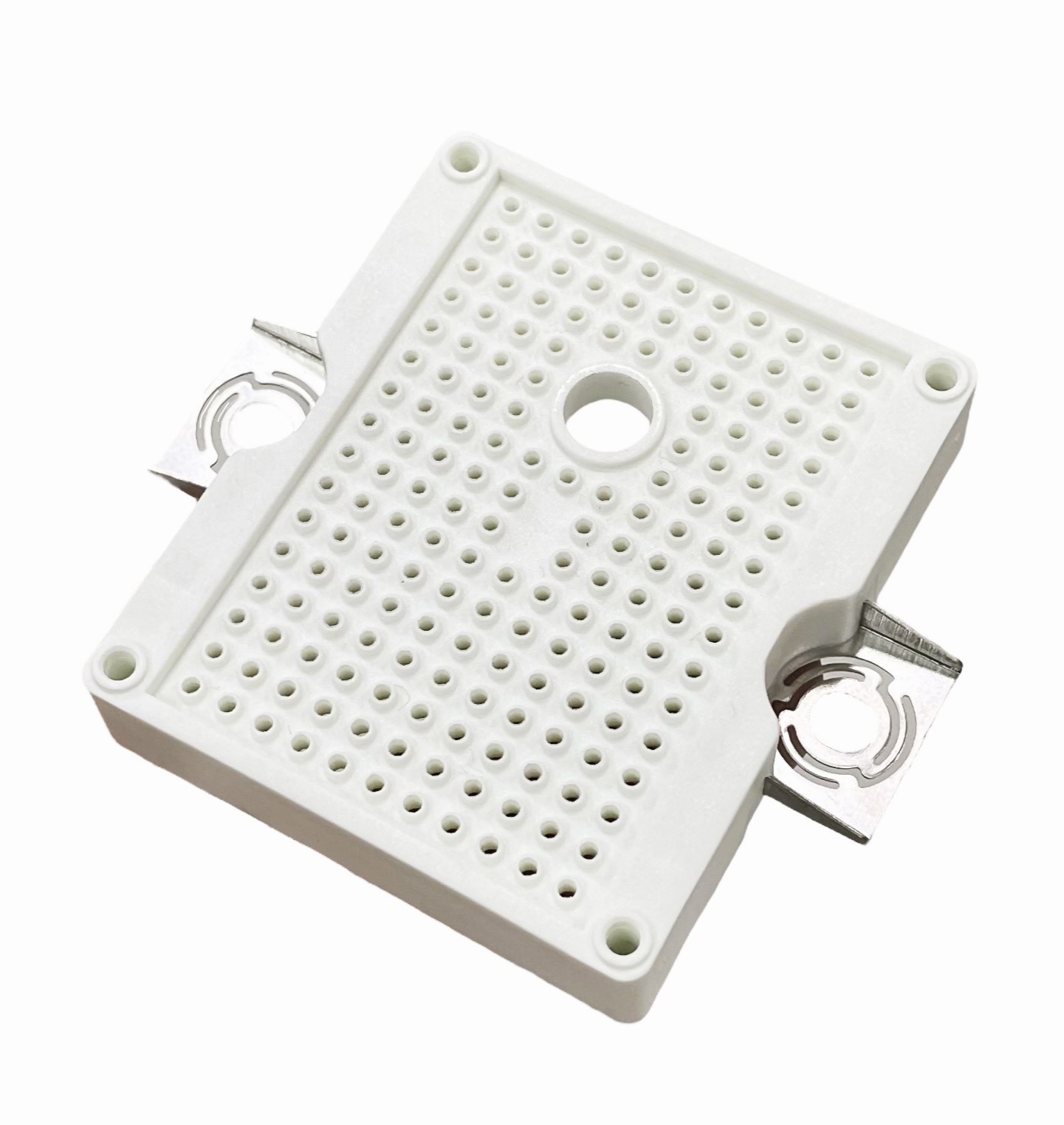Blog
Insert Molding technology application for the IGBT inverter modules

Insert molding technology is particularly beneficial for the production of IGBT (Insulated Gate Bipolar Transistor) inverter modules, which are essential components in power electronics used for various applications such as motor drives, renewable energy systems, industrial automation, and electric vehicles. Here's how insert molding technology can be applied specifically for IGBT inverter modules:
-
Enhanced Thermal Management: IGBT modules generate significant heat during operation, and efficient thermal management is crucial for their performance and longevity. Insert molding allows for the integration of heat sinks, thermal interface materials, and other cooling elements directly into the module's housing, improving heat dissipation and overall thermal performance.
-
Improved Electrical Insulation: Insulating IGBT modules is essential to prevent electrical shorts and ensure reliable operation. Insert molding enables the encapsulation of delicate electronic components within a protective housing, providing effective electrical insulation against moisture, dust, and other environmental factors.
-
Mechanical Reinforcement: IGBT modules are subjected to mechanical stresses and vibrations, especially in demanding industrial environments. Insert molding allows for the reinforcement of critical areas within the module's housing, such as mounting points, terminal connections, and structural supports, enhancing mechanical robustness and reliability.
-
Integration of Auxiliary Components: Inverter modules often require additional components such as capacitors, resistors, diodes, and sensors for optimal performance. Insert molding facilitates the integration of these auxiliary components directly into the module's housing, reducing assembly complexity, improving space utilization, and enhancing overall system integration.
-
Customized Designs: Insert molding offers flexibility in designing IGBT inverter modules with customized shapes, sizes, and configurations to meet specific application requirements. Manufacturers can incorporate features such as mounting brackets, cable channels, and protective covers directly into the molded housing, optimizing form factor and functionality.
-
Cost Efficiency: By consolidating multiple manufacturing steps into a single process, insert molding can help reduce production costs associated with assembly, handling, and material waste. It streamlines the manufacturing workflow, minimizes the need for secondary operations, and enables economies of scale for high-volume production of IGBT inverter modules.
-
Environmental Durability: IGBT modules deployed in harsh operating environments, such as automotive, aerospace, and renewable energy applications, require robust protection against moisture, chemicals, and temperature extremes. Insert molding enables the encapsulation of sensitive electronic components in durable, weather-resistant materials, ensuring long-term reliability and performance in challenging conditions.
-
Quality Assurance: Insert molding allows for precise control over the molding process, ensuring consistent quality and dimensional accuracy of IGBT inverter modules. Manufacturers can implement stringent quality control measures, such as automated injection molding, in-line inspection, and testing procedures, to verify product integrity and reliability before deployment.
Overall, insert molding technology offers numerous advantages for the production of IGBT inverter modules, enabling manufacturers to achieve superior thermal management, electrical insulation, mechanical reinforcement, integration flexibility, cost efficiency, environmental durability, and quality assurance in their products.
